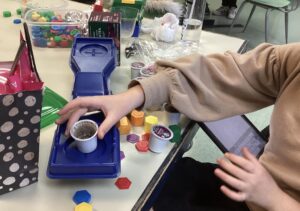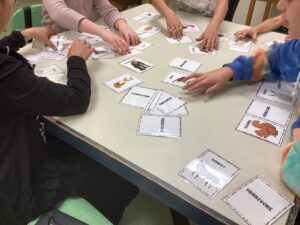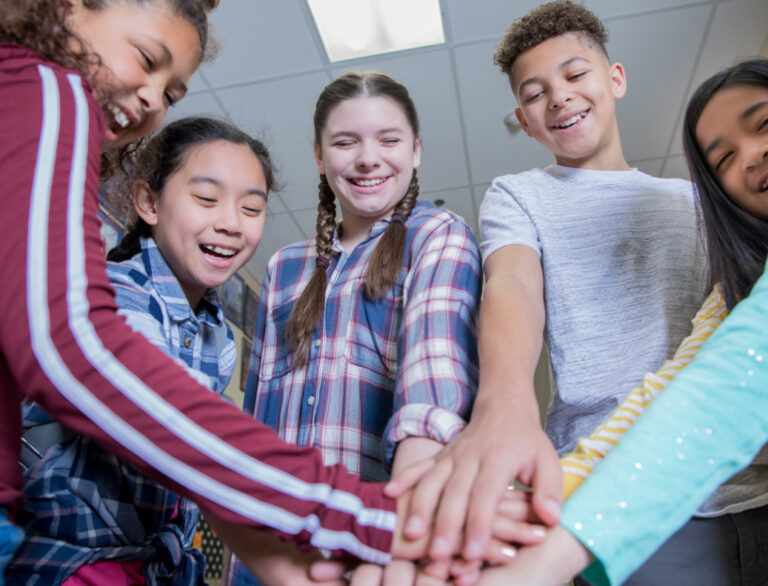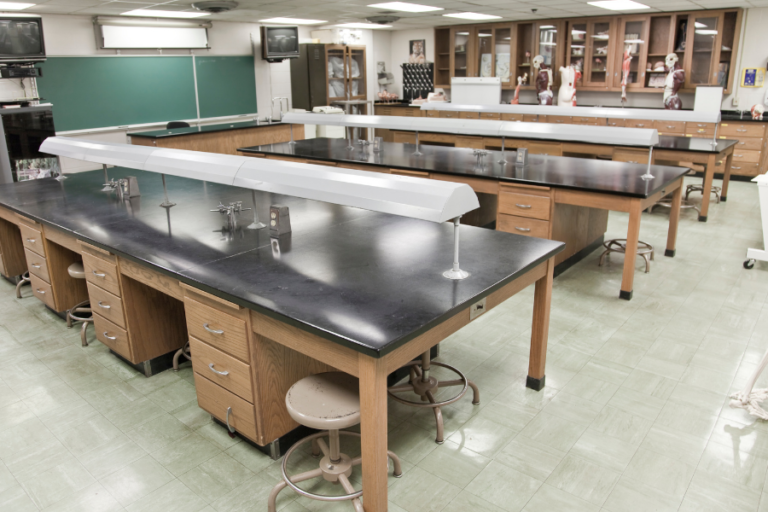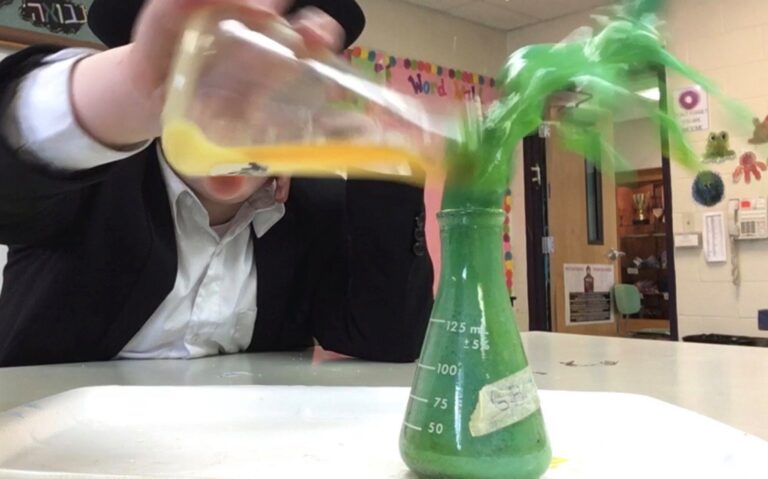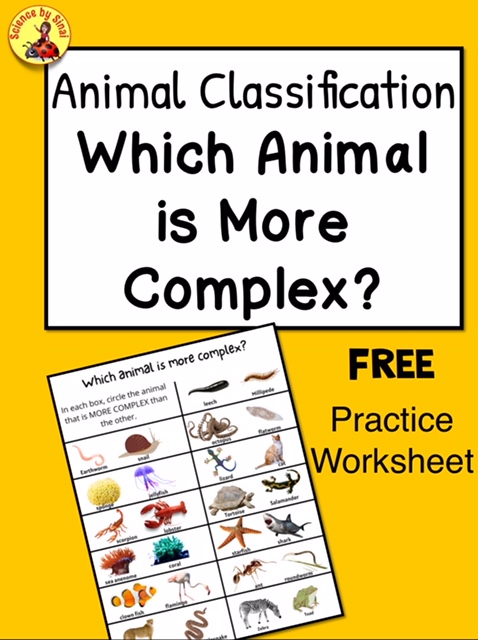How to Create A Symbiosis STEM Project!
Are you looking for a super engaging, STEM symbiosis project, for teaching MS-LS2-2? Are you covering patterns of interactions and relationships?
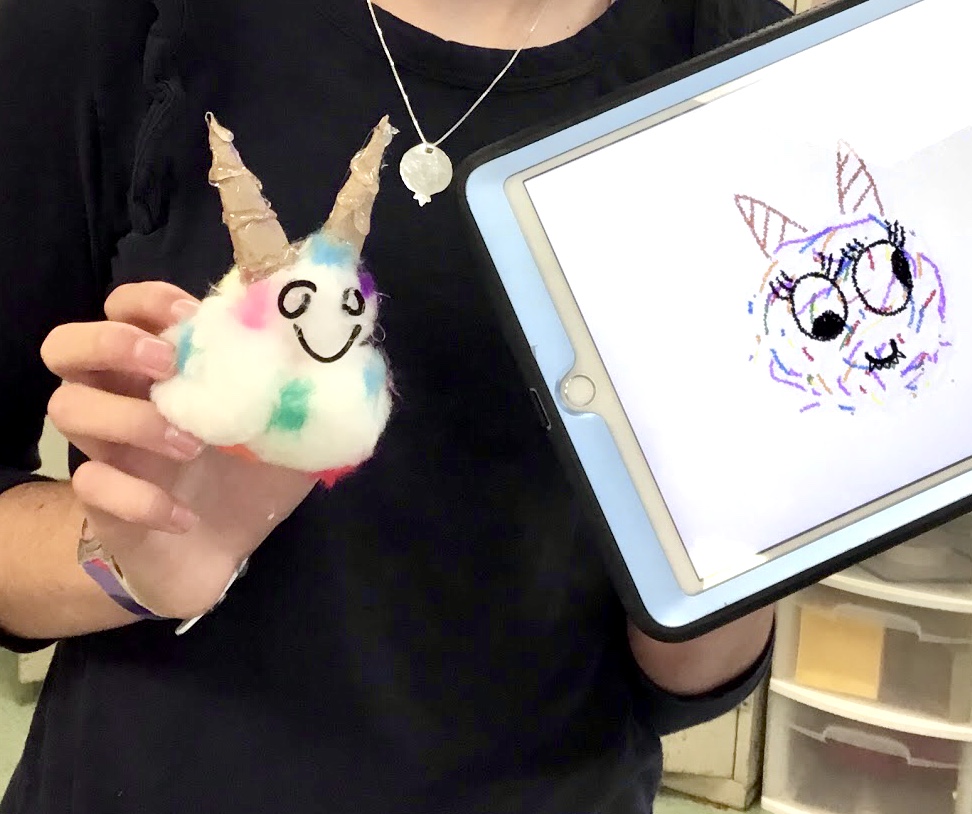
How to Create A Symbiosis STEM Project!
Updated November 6, 2022
This project involves the students designing two different organisms that will have a mutualistic relationship. They create 3-D models out of recyclable materials and they describe the relationship of interdependence. Plus, this symbiosis project is so much fun with creativity and humor!
The NGSS Standard Involving Symbiosis
“MS-LS-2 Construct an explanation that predicts patterns of interactions among organisms across multiple ecosystems.”
Introduce The STEM Symbiosis Project
I like to give the students a week’s notice about the upcoming fun project! I let them choose whether they want to work alone or with a partner. We watch videos with lots of great examples to get their creative minds working.
We learn about symbiotic relationships that include mutualism, commensalism, and parasitism. This STEM project focuses on mutualism, which is when BOTH organisms benefit in a relationship.
I also show students the final rubric so that they know the project expectations right from the beginning.
Begin the Mutualism Project with Brainstorming And Sketching
The students first choose their ecosystem such as the ocean, desert, rainforest, etc. They will design survival adaptations for their creatures, independent of the mutualistic relationship. This should be the most thought out part of the project. I always check their designs and ideas at this point.
What body parts will each creature have to survive in it’s ecosystem? I have a form with prompts to help them out.
For example, what adaptation will a desert creature have to deal with getting enough water? Since my students have digital science notebooks, they sketch and design on their devices, but it could easily be printed. I love walking around the room and hearing all the wonderful ideas as they brainstorm and sketch their creatures!
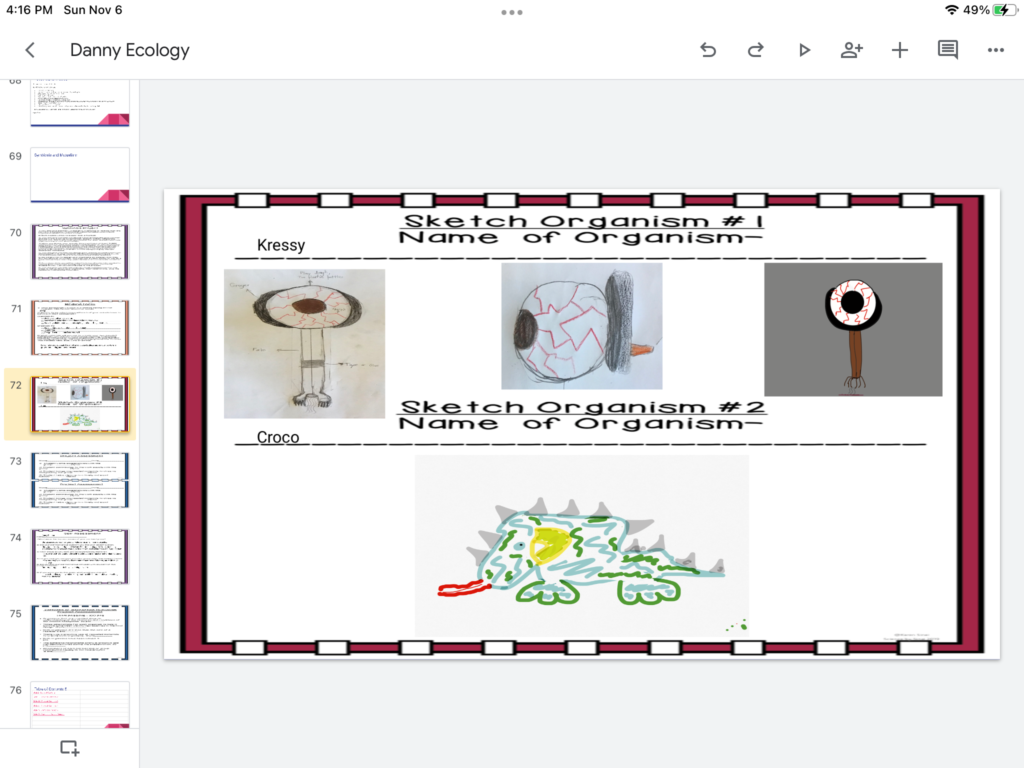
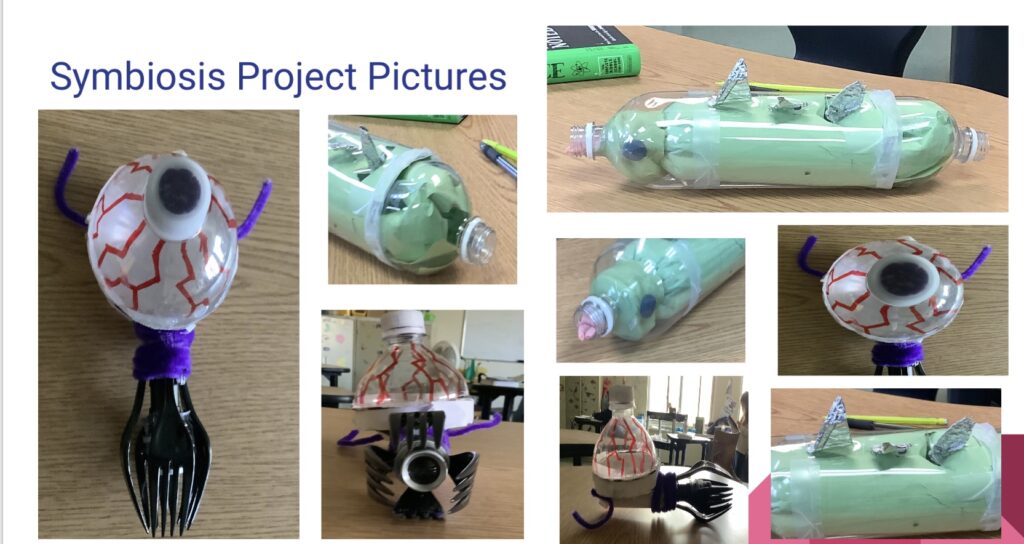
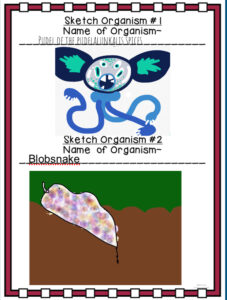
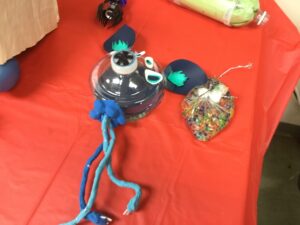
Building the 3-D Symbiosis Models With Recycled Materials
The excitement is in the air as the students buzz! They build their models while following their sketches closely. Students make lists to bring in materials or I have materials ready. They can use:
- Water bottles
- cans
- glue
tape - cottonballs
- cardboard
- paper plates
- paint
- markers
- ribbon
- yarn
- pieces of old toys
- straws
- egg cartons
- cups
- clay
- pipe cleaners
- twist ties
- rubberbands
- packing peanuts
- toothpicks
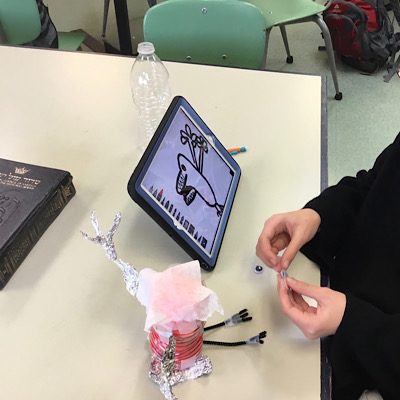
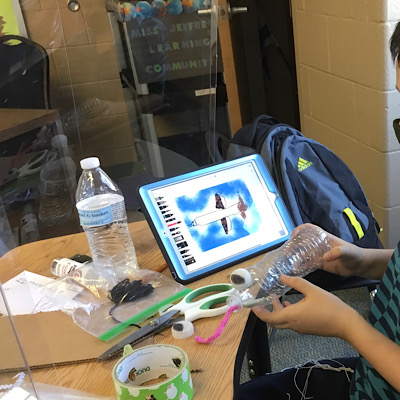
Keep Accountability With Daily Check-Ins
If you have read any of my other blogs on doing projects, you know that I am a big believer in daily accountability. Students are given a short rubric that I use to grade their behavior/preparation each day. I thought I would get a lot of resistance with this rubric, but students seem to thrive on it!
One of the biggest problems I used to run into was students forgetting to bring the materials into class. That day became a wasted period for them. When students know that they are being graded each day, it is rare for them to forget.
We also have a grade on the daily rubric for cleaning up their area, which also makes quite a difference!
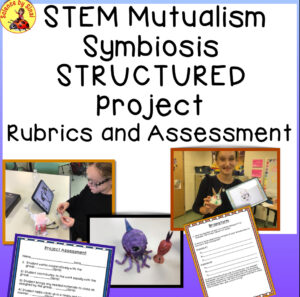
Creating the Mutualism Story
After the students have learned many examples of mutualistic relationships in different ecosystems, they are prepared to write their own story about their two invented creatures. Students work together to decide how the relationship will work. They are so creative and sometimes funny!
The story should be written well, describing how both animals survive in their chosen environment and then how they have a mutualistic relationship.
Putting Together the Symbiosis Project Video
After the students have created two three-dimensional organisms and a story, they are responsible for putting together a video explaining the symbiotic relationship. I’ve had the students use stop action, animation or simply holding the models and explaining the relationship story.
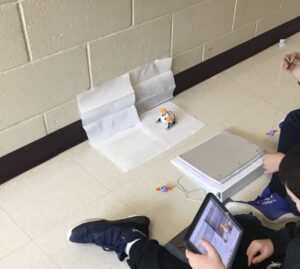
Assessment and Review
I am an advocate of students using self-assessment and my STEM SYMBIOSIS product has a page specifically for that. There are several prompt questions for students to use to analyze their overall experience. As I mentioned above, there is also a final rubric that I use to assess the entire project. This rubric, plus the daily check-ins, makes the project have many points for your gradebook.
I also use two other activities to reinforce the concepts of the different types of relationships. One uses matching game cards for the students to learn relationships in an ecosystem and the other can be used as research or discussion prompts.
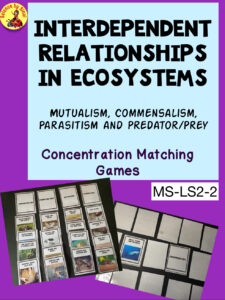
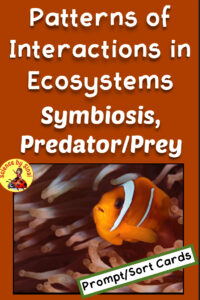
Conclusion
Doing a project that gets the students excited, along with using their creative skills, is a win-win situation. The concept of symbiosis, especially mutualism, is well understood by the time they are finished. Showing students videos of actual relationships in various ecosystems, always amazes them, which makes their enthusiasm for creating their own creatures even higher!





